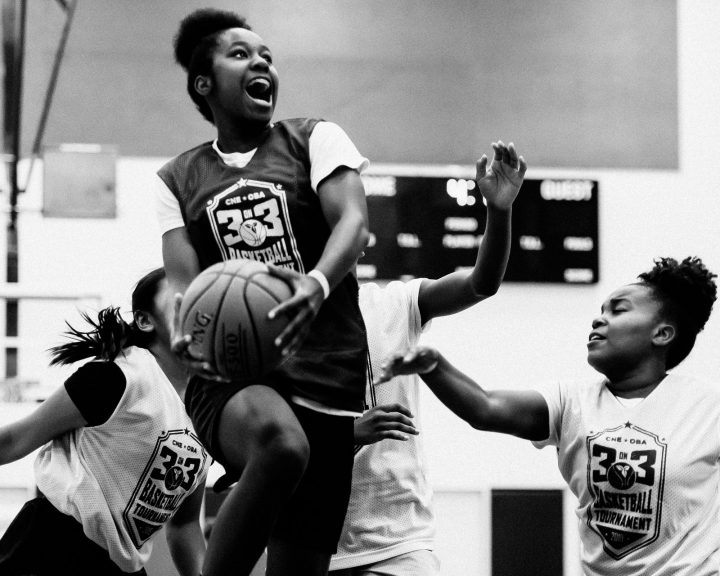Over the years I have found the journal Sports Medicine to be a good source of information. This journal publishes reviews on significant topics. The current issue has a review on exercise order for strength training. Conventional wisdom on this topic is that exercise should be ordered as follows:
- Explosive exercises (i.e. Olympic lifts, squat jumps, etc.)
- Large muscle multi-joint exercises (i.e. squats, deadlifts, presses, etc.)
- Large muscle isolation exercises (i.e. flies, lateral raises, etc.)
- Small muscle exercises (i.e. triceps pushdowns, curls, etc.)
Of course, there are always exceptions. For example, there are instances where an explosive exercise would be performed after a heavy large muscle multi-joint exercise (squats followed by vertical jumps) or where an isolation exercise would precede a multi-joint exercise (flies before bench press). A lot of this comes from coaching practice and, while I “know” it works, there’s not necessarily a lot of easily accessible research on this.
Simao et al, in the March issue of Sports Medicine, performed a literature review on exercise order and strength training focusing both on the acute response (i.e. that training session) and the chronic response (how it impacts strength and hypertrophy).
Acutely, the authors found that where an exercise is located within a strength training session has an impact on the total number of repetitions that can be performed with that exercise. In other words, if an exercise is at the end of the workout the athlete will be able to perform fewer repetitions with it as the athlete will be fatigued. The authors did not find that pre-exhaustion (isolation exercise performed before multi-joint exercise) has any impact on muscle recruitment patterns.
Chronically the results are a little mixed (according to the authors). In the studies they review, those exercises that are performed at the beginning of a workout are the ones that make the most significant strength gains over the course of training. In terms of hypertrophy, the studies reviewed are only looking at biceps and triceps. Triceps hypertrophy seems to be better when isolation exercises are placed at the beginning of the workout than when they are in the end.
The fact that fatigue impacts number of repetitions and chronic strength gains isn’t surprising. It is interesting that pre-exhaustion has no impact on muscle recruitment. The idea that we’ll make better strength gains on the exercises that are performed at the beginning of a workout (because we can train it harder) is also not surprising.
Now, there are major limitations to these kinds of studies. The studies that the authors reviewed generally focus on upper body exercises and assume that all muscle groups are trained in every workout. The workouts look like: bench press, pulldowns, triceps extensions, and biceps curls. This would be an effective workout for an untrained individual, but does not generally reflect what a trained athlete’s workout is going to look like. The chronic studies only looked at hypertrophy of the biceps and triceps. All of the exercises studied train either the biceps (pulldowns and curls) or triceps (bench press and extensions), whereas only the bench press trains the chest and only the pulldowns train the upper back. It would be interesting to see how these studies impacted pectoralis major or latissimus dorsi hypertrophy.
Simao, R., de Salles, B.F., Figueiredo, T., Dias, I., and Willardson, J.M. (2012). Exercise order in resistance training. Sports Medicine, 42(3), 251-265.


